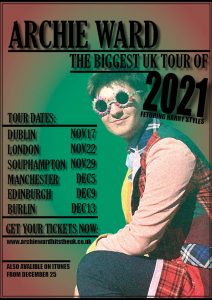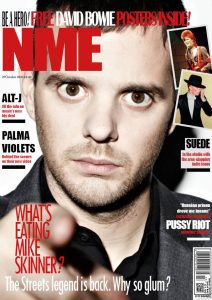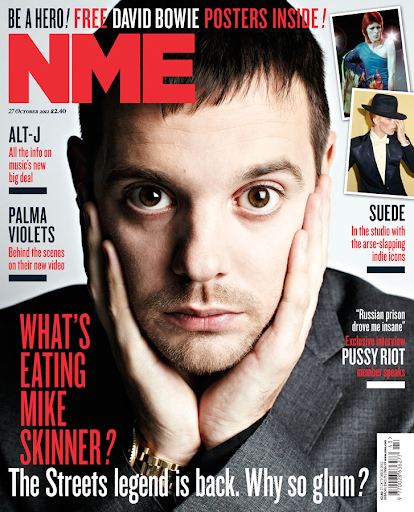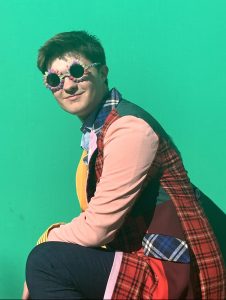My Tour Poster:

This is my tour poster using photoshop, InDesign and my original MISE-EN-SCENE image. It shows how the fonts, colours, languages and images can all help to convey a genre in print/ media.
Reflection:
I think that overall my tour poster fit the purpose of informing others about my artist/ Archie’s tour. It has everything that was on the brief; name of artist, name of tour, dates and venues, tickets and downloads available. I made a plan on a post-it note before making it so that I could have all the information ready. In my design, I tried to keep a constant colour scheme by making the background the same as the coat/ prop. I struggled to minimize my colour pallet, so the poster ended up with multiple colours. There is a light relationship between the image and the colour of the graphic design. The colours are mainly pastels tones that are typical shades for pop genre media. I researched pop music posters before creating my own version so I could see what fonts and colours are usually used. One of my main focuses was to make sure all the text is legible. My fonts are all clean and easy to read. The typefaces are basic, bold and suit the genre. There is only two typefaces in the design. I don’t have any text that wraps around any images. Instead I overlapped some of my key dates/ numbers over the titles and subtitles. The models looking towards the camera to focus the attention, however the glasses hide his eyes. The models costume reflects popularity and is quirky. This fits the pop genre because pop means popular and rare. The body language of the model is appropriate since it’s a common, casual pose. I tried to make my masthead/ cover lines/ texts prompt a sense of desire by using bold typefaces and short alluring/ tempting words. The idea of the posters text is to communicate the tours timings/ information and persuade the audience to buy tickets. This message is appropriate to the posters genre. The ADIA (Attention, Interest, Desire, Action) in my poster is clear.




